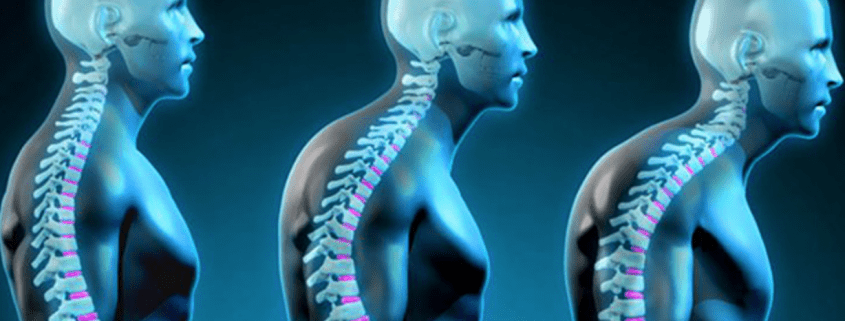Forward head posture and vitality
Forward head posture (FHP) has been a hot topic in the field of physical therapy and performance training. According to most practitioners that base their work on the evidence, it seems that it would not matter so much how forward the head can be on anyone’s shoulders in terms of pain or function.
Many can possibly blame our daily habits for a less than ideal head position. We have recently been inundated with blogs warning us of text neck, for example. If sitting all day in front a computer can’t be great for you, one has to wonder if it truly is the root cause for FHP. Simply put, for the many that practice a sedentary lifestyle, forward head posture is simply not an issue that all of them are managing.
According to a 2007 study (1), FHP can cause lengthening of key muscles in the upper thoracic for head behavior. This can lead to rounded shoulders and possibly chronic pain (2).
To add to this, FHP is known to have a large influence on respiratory function by weakening the respiratory muscles (3).
That being said, a 2016 study looked into the effects of FHP on forced vital capacity and respiratory muscles activity. Twenty-six subjects were divided into two groups (normal and forward head posture groups).
Prior to this study, Kapreli and al. reported that an increase in FHP resulted in a corresponding increase in respiratory dysfunction (4).
It is because FHP causes shortening and weakening of the SCM, scalene muscles, trapezius, and ES muscles (7) that there can be an impact on ventilation.
The study discussed here observed a decrease in forced expiratory volume in one second with the subjects presenting with FHP. It could be because of the increased kyphosis in the upper thoracic region. This can cause a reduction in the volume of the thoracic cage, which can lead not only to reduced expiratory reserve volume but also create resistance to the exhalation.
Posturologists consider that there are two main causes for FHP. The first one is a flat foot. As the mid foot collapses, the shoulders round and the head is projected forward in order to keep the gaze on the horizon. The second major cause of FHP for posturologists is a dental occlusion issue, where the lower and upper jaws don’t fit properly with one another. This is where collaboration with a neuromuscular dentist or orthodontist can be most beneficial for the client.
- Cagnie B, Cools A, De Loose V, et al. : Differences in isometric neck muscle strength between healthy controls and women with chronic neck pain: the use of a reliable measurement. Arch Phys Med Rehabil, 2007, 88: 1441–1445.
- Chiu TT, Ku WY, Lee MH, et al. : A study on the prevalence of and risk factors for neck pain among university academic staff in Hong Kong. J Occup Rehabil, 2002, 12: 77–91
- Kapreli E, Vourazanis E, Strimpakos N: Neck pain causes respiratory dysfunction. Med Hypotheses, 2008, 70: 1009–1013.
- Kapreli E, Vourazanis E, Billis E, et al. : Respiratory dysfunction in chronic neck pain patients. A pilot study. Cephalalgia, 2009, 29: 701–710.
- Lee MH, Chu M: Correlation between craniovertebral angle (CVA) and cardiorespiratory function in young adults. J Korean Soc Phys Med, 2014, 9: 107–113.


Leave a Reply